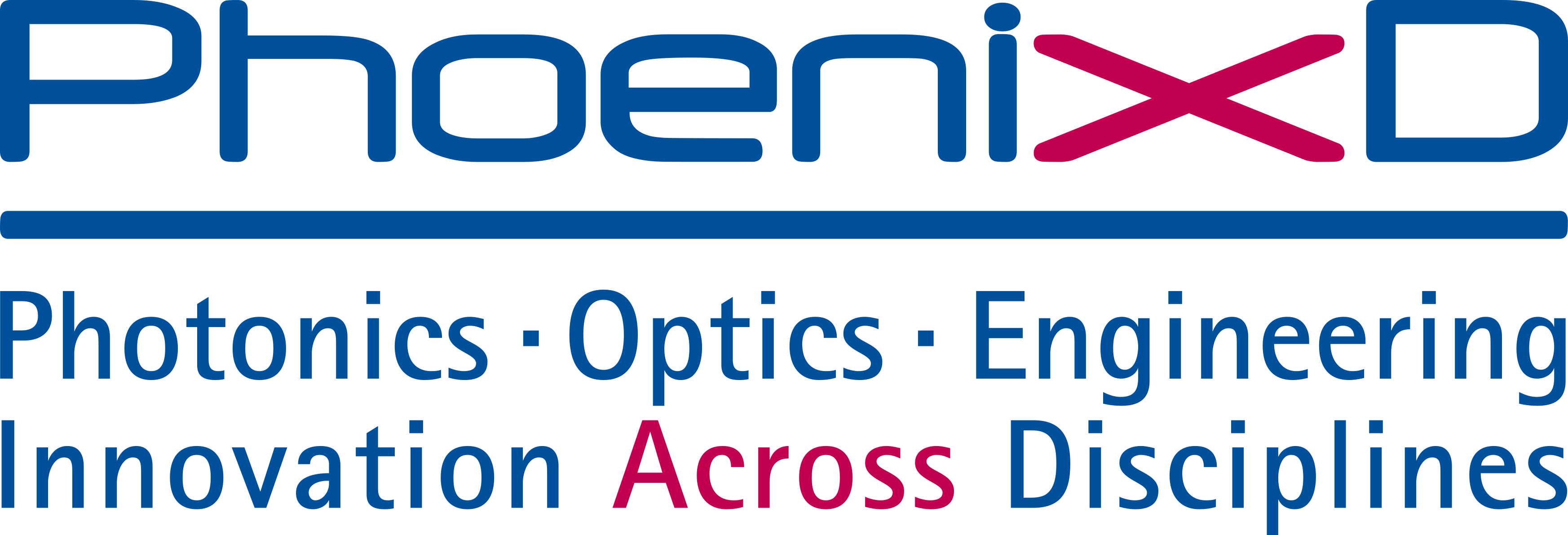Platinum Cryoaerogel as a Low Loading Cathode Catalyst in PEM Water Electrolysis
An Initial Concept Evaluation
- verfasst von
- Lukas Stein, Hadir Borg, Christoph Wesemann, Zhijun Zhao, Christopher Moß, Patrick Trinke, Mohammed Ismael, Boris Bensmann, Nadja C. Bigall, Dirk Dorfs, Richard Hanke-Rauschenbach
- Abstract
Proton exchange membrane water electrolysis (PEMWE) gained significant focus among the scientific community as a promising solution for green hydrogen production. Noble metals, platinum (Pt) and iridium in particular, play a significant role in the case of large-scale implementation due to limited availability. Recently, aerogel materials have been integrated into the PEMWE cell designs to enhance durability and reduce the high catalyst noble metal loadings. In this work, we present for the first time a Pt nanoparticle-based (NP-based) cryoaerogel as an active catalyst layer directly applied on the carbon support gas diffusion layer (GDL) at the cathode side. Some challenges were successfully overcome during the manufacturing process (i.e., wettability and mechanical connection issues). A pyrolysis step is employed to improve the connection between the Pt cryoaerogel and the carbon GDL. The structure of the synthesized Pt cryoaerogel is found to be greatly influenced by the pyrolysis temperature as confirmed by scanning electron microscopy (SEM), transmission electron microscopy (TEM) and X-ray photoelectron spectroscopy (XPS). The electrochemical characterization of the Pt cryoaerogel involves polarization curves, impedance measurements, and voltage loss breakdown as well as a 500 h durability test. The results show that the cryoaerogel catalyst layer has stable and reproducible performance with a high mass activity reached at a low Pt loading of 0.15
- Organisationseinheit(en)
-
Fachgebiet Elektrische Energiespeichersysteme
Institut für Physikalische Chemie und Elektrochemie
PhoenixD: Simulation, Fabrikation und Anwendung optischer Systeme
Laboratorium für Nano- und Quantenengineering
Institut für Elektrische Energiesysteme
- Externe Organisation(en)
-
Laboratory for Nano and Quantum Engineering
Universität Hamburg
- Typ
- Artikel
- Journal
- ACS Applied Energy Materials
- Band
- 8
- Seiten
- 194-207
- Anzahl der Seiten
- 14
- Publikationsdatum
- 13.01.2025
- Publikationsstatus
- Veröffentlicht
- Peer-reviewed
- Ja
- ASJC Scopus Sachgebiete
- Chemische Verfahrenstechnik (sonstige), Energieanlagenbau und Kraftwerkstechnik, Elektrochemie, Werkstoffchemie, Elektrotechnik und Elektronik
- Ziele für nachhaltige Entwicklung
- SDG 7 – Erschwingliche und saubere Energie
- Elektronische Version(en)
-
https://doi.org/10.1021/acsaem.4c02255 (Zugang:
Offen)


